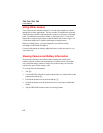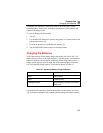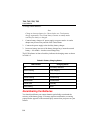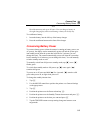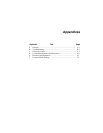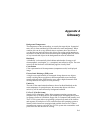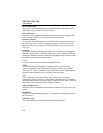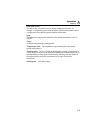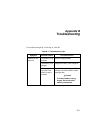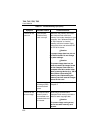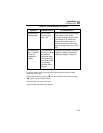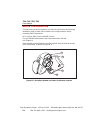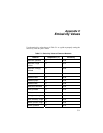
Ti40, Ti45, Ti50, Ti55
Users Manual
A-2
Infrared Spectrum
The portion of the electromagnetic spectrum immediately adjacent to visible
light; approximately from 0.7µm to microwave.
Infrared Camera
Electronics, lens, and detector combinations that give the user an image, that
can be viewed or recorded, of energy in the infrared spectrum.
Infrared, Thermal
The portion of the infrared spectrum from which the majority of heat energy is
recorded. This portion of the electromagnetic spectrum is defined as 3µm to
microwave. However, the majority of infrared imaging occurs between 3µm
and 14µm.
Isotherm
In general scientific terminology, an isotherm is set of lines on a thermogram
that marks points that are of the same temperature. Your Camera modifies this
definition somewhat to mean: an image that highlights the set of all pixels that
lie within a specified range of temperatures.
Level
The center value of the color palette (temperature scale).
NTSC
The National Television Standards Committee (NTSC) sets the analog
television standard for the United States; this format itself is also informally
called “NTSC.” While a standard for the United States, NTSC format has been
adopted in other countries as well, including Korea and Japan.
PAL
Phase Alternating Line is the analogue video format used in television
transmission in most of Europe—except France, Bulgaria, Russia, Yugoslavia,
and some other countries in Eastern Europe, where SECAM is used—Australia
and some Asian, African, and South American countries.
Palette Temperatures
Maximum, center, and minimum temperatures (temperature scale) of the color
palette.
Radiometric
The ability to measure thermal energy—or temperature—and display it back to
the camera user.
Reflected energy
Any energy that does not radiate directly from the target object.



